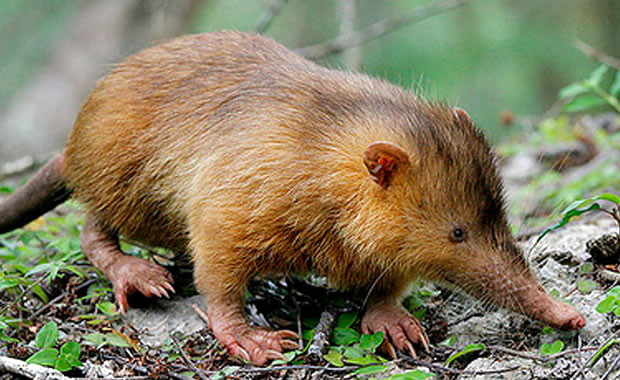
Zerene Fritillary
|
Creature Profile
The Zerene Fritillary is a butterfly species found in the western portions of the United States and Canada. There are many different subspecies and two of them are endangered (both found in California): Myrtle's Silverspot Butterfly (Speyeria zerene myrtleae) found in western Marin and southwestern Sonoma counties, and Behren's Silverspot Butterfly (Speyeria zerene behrensii), found at Point Arena. Both are medium-sized butterflies with wingspans of 2.2 inches, and Myrtle's silverspot is slightly larger and lighter in color. Their upper wings are golden brown with many black spots and lines. The lower surfaces are brown, orange-brown, and tan with black lines and distinctive silver and black spots. Larvae (caterpillars) are dark-colored with many sharp branching spines on their backs.
The preferred habitat for the Behren's silverspot is coastal terrace prairie, and the Myrtle's silverspot can be found in coastal dune or prairie habitat. They prefer to remain in sheltered areas for protection from strong winds, and they prefer to remain within three miles of the coast. Females lay their eggs in the debris and dried stems of violets and after hatching they travel a short distance, then create silk pads to lay dormant in through the winter. When the spring comes they feed on the plant from which they were born for about two to three months. Soon after they become adult butterflies and feed on nectar from plants. Adults live for only three weeks.
The main threat to the species is habitat loss due to residential and commercial land development. Also, the introduction of exotic plants and fires effect the plants that these butterflies rely on for survival. They are also highly prized by insect collectors and are vulnerable due to their small population. Behren's silverspot was listed as endangered in 1997 and Myrtle's silverspot was listed in 1992, but very few additional conservation measures have been taken to preserve the species.
Wikipedia Article

|
Wikipedia Article Copyright Notice: This article is licensed under the GNU Free Documentation License. It uses material from the Wikipedia article "Speyeria zerene". |
May 9, 2017
Glenn, C. R. 2006. "Earth's Endangered Creatures - Zerene Fritillary Facts" (Online). Accessed 4/18/2024 at http://earthsendangered.com/profile.asp?sp=559&ID=9.
Need more Zerene Fritillary facts?




